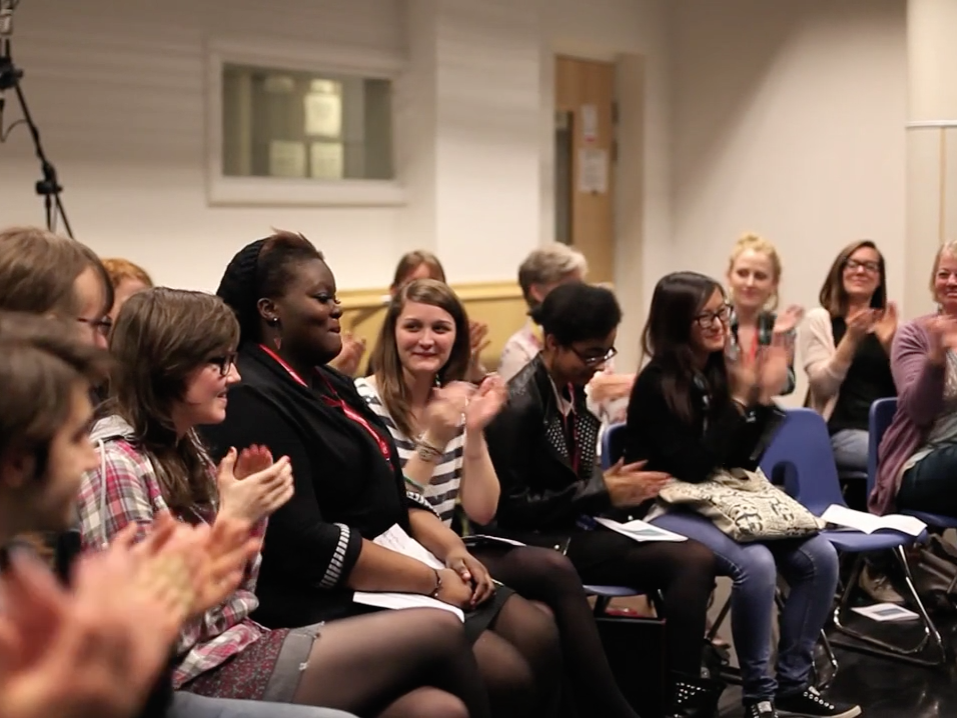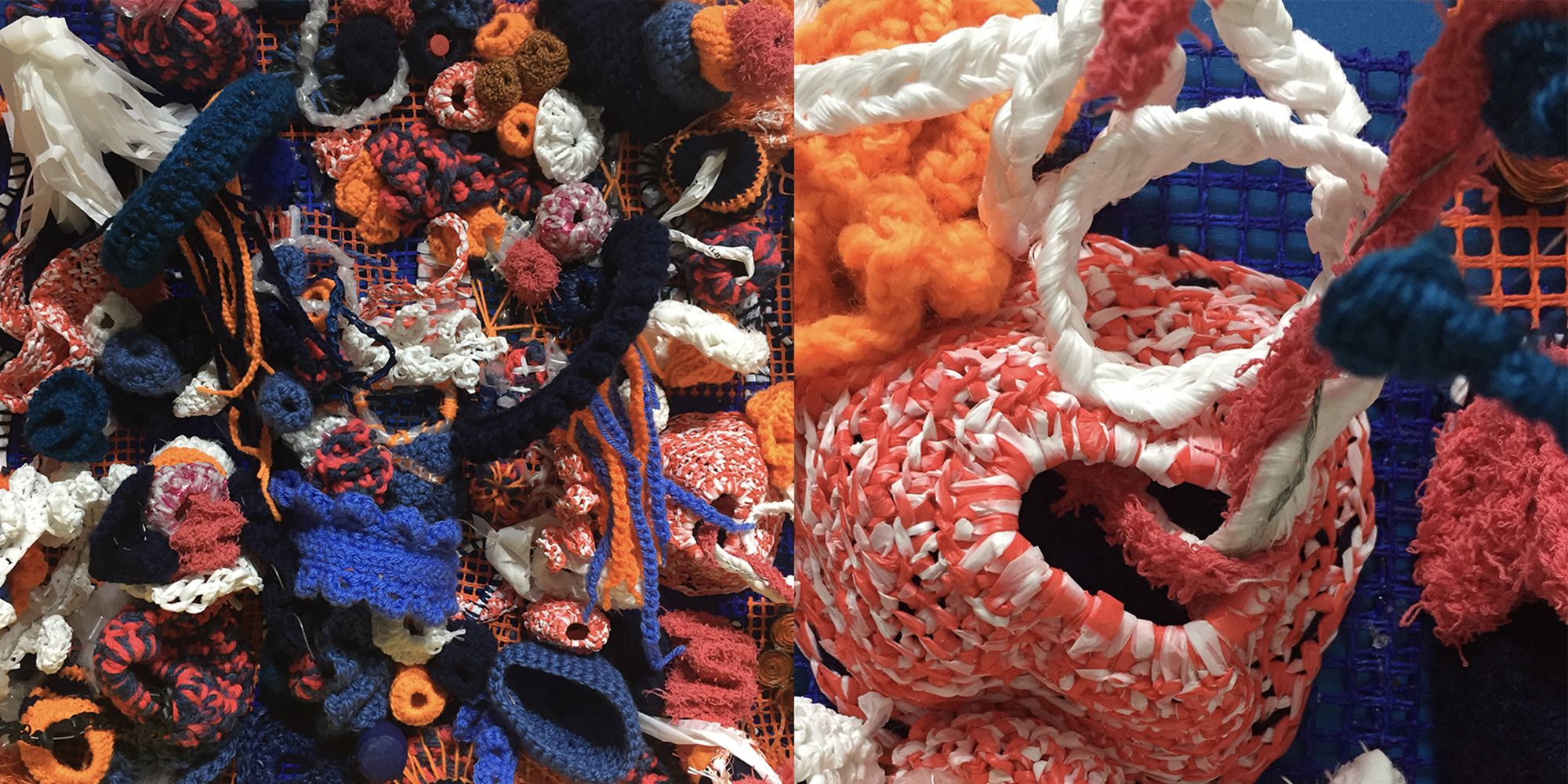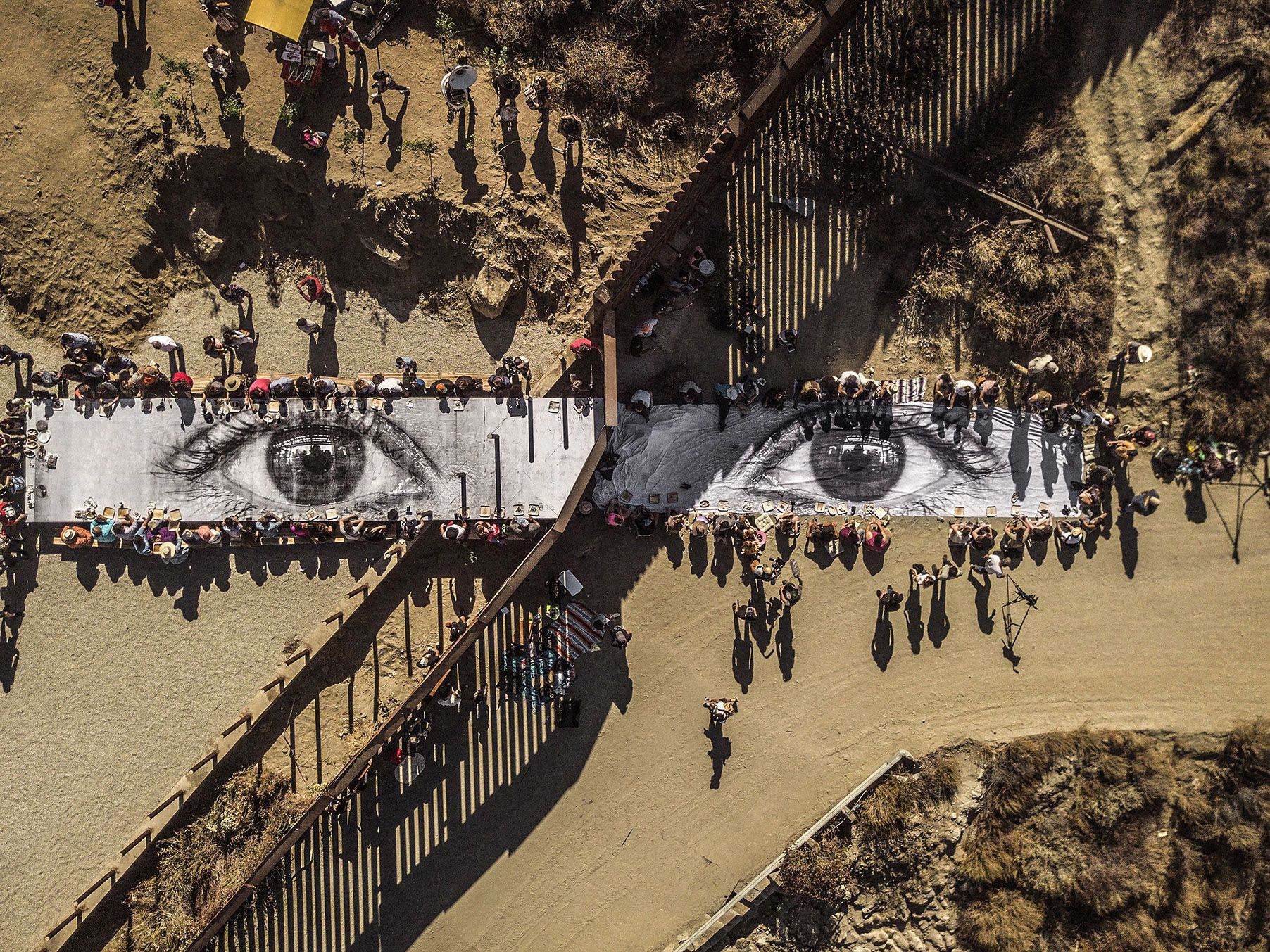
How do UAL Creative Practice qualifications create sustainable practitioners?

- Written byKatie Holmes, Extended Diploma Course Leader, Leeds Arts University
- Published date 28 September 2021

Sustainability.
What is it? Where do we start? What is important? What is in our remit? Whose responsibility is it? Will it make a difference? What if we don’t know the answers? What should we be teaching? Does it even matter? What happens if we all do just one thing?
We’re already teaching sustainability
I think we are all aiming to develop practitioners that are aware of the world they are entering into, equipping them with skills to progress into a sustainable career.
This is exactly the ethos of the UAL Creative Practice which allows students to explore ideas, materials, and techniques and make informed choices about their specialist careers. When we first really started talking sustainability in the curriculum we quickly realised that there was already so much we were already doing (recycling, reducing waste, advocating change, developing wider skills, fostering inclusivity, etc). We could also identify activities that are at the very core of what we were setting out to achieve in and for our learners, especially in terms of research, asking questions, challenging norms, being reflective. So, we took our curriculum and sought to identify what was good and what we could change, even if at each stage it was just one thing.

Picture: Evelyn Nwanze (Graphic Communication), “If only real animals existed” Illustrations of humans trying to replace animals after they are gone.
A curriculum for today & tomorrow
Our approach to sustainability at Leeds arts University has developed as our own understanding of what sustainability is has also developed. As a University, we have made a commitment to sustainability and have our own framework, and we report annually on our activities. Our work is guided by the UN Sustainable Development Goals (SDGs) which were set in 2015 by the United Nations General Assembly and are intended to be achieved by the year 2030. These goals are a collection of 17 interlinked Global Goals that are designed to be a shared blueprint for peace and prosperity for people and the planet, now and into the future. Not all institutions will have formal systems in place but that doesn’t mean that they can’t contribute meaningfully to these goals, especially the goal around the quality of education which includes targets to educate students around the importance of sustainability. But what an amazing change we could make if every tutor, for every session or at least every brief did just one thing?

Image: Lucy Greenwood (Fashion/Textiles) “Seascape”. A textile piece created using recycled materials and single-use plastic.
A curriculum that is responsive
The Creative Practice specification requires providers to include sustainability in their curriculum, but what’s great is there is room to decide what that means for you and your institution, working on large or small scales. You can respond to your learner's or your community’s needs or jump on big world issues. For example, a provider located in a certain location might have elements of the curriculum that focusses on championing local materials and local industries, making links to that industry, or inviting in those practitioners to talk to students to help to sustain that. Another may have a very specific demographic that needs to feel better valued, see more of themselves, and champion contributions from those groups to the sector building their confidence and likeliness to progress. Another may teach skills that allow for collaboration with others whilst working in a remote world, really responding to the effect that Covid 19 has had on a particular specialist area. Others may encourage their learners to take on the world and campaign for drastic change. All valid, all making a difference. What’s even better is when key themes emerge or as priorities change the spec has the flexibility to respond to this. We can experiment with what we want to achieve and how we want to achieve it, maybe just changing or adding just one thing.

Picture: Harvey.S. Stapleton (Fine Art) ‘Derelict’ series of drawings exploring ideas of dereliction and rebuilding through the context of 38 Nowell Walk.
It’s all about choices
Sustainability is such a massive, but important topic that can be as equally inspiring and exciting as it can be daunting. The course is a transition between school and university and we can’t possibly teach everything about sustainability at this time. But, we’ve found that our students really care about sustainability and are engaging in lots already. Looking nationally, COP26, the United Nations climate change conference is taking place in November in Glasgow with online sessions that can be attended, groups such as SOS-UK a student-led education charity focusing on sustainability has lots of resources that show how engaged students are. Universities are beginning to not only include sustainability prominently within their courses but are offering courses specifically focussed on sustainability. Students have access to an infinite amount of information and political debate on their devices so they are engaging in this before they’ve even arrived to our classrooms. With all this information comes a lot of assumed responsibility. Not all artists will become activists and I think it’s important not to burden our young creatives with the responsibility of fixing the world but we can equip them with skills to make informed choices, even if it’s just one thing.

Picture: Muzammal Mahnoor (3D) The Bothy Project. A place of shelter for walkers hiking in Snowdonia.
Intrinsic to our teaching
At Leeds our focus looks at sustainability in terms of the 3 Pillars ‘People (social), Planet (Environment) & Process (Economic). It’s very hard to separate our approach to sustainability from our teaching and say "there it is" because it is inherent and intrinsic to our approach. To build our students' practice we first focus on the people in our creative community, developing the individual and spending time establishing an inclusive environment. We then focus on ways of working, using materials, and developing different ways of seeing and doing, we then focus on how to ask the right questions and a little later we look at how that applies to their specialist practice and the role of the creative. Like most institutions, our teaching occurs through a series of activities introducing scaffolded ideas through briefs, lectures, demos, visiting professionals, and research activity; but at the center of this is equipping students with skills to make ‘good’ choices or at the very least do just one thing.

Picture: Evie Scott (Graphic Communication) ‘Women united’. Aiming to show solidarity between trans and cis women, and that women are stronger when united.
Katie Holmes, Extended Diploma Course Leader at Leeds Arts University
Hear more from Katie and other current tutors and students of our Level 3 Creative Practice qualifications at our upcoming Spotlight event on 12 October, from 10.30 am - 12.30 pm.
By the end of the session, you will have an understanding of:
- The wide-ranging benefits of these specialist qualifications and how they help to hone specific skills that are relevant to progression to higher level study and entry into the industry.
- How these qualifications encourage innovation and creativity.
- The course overview and delivery.
